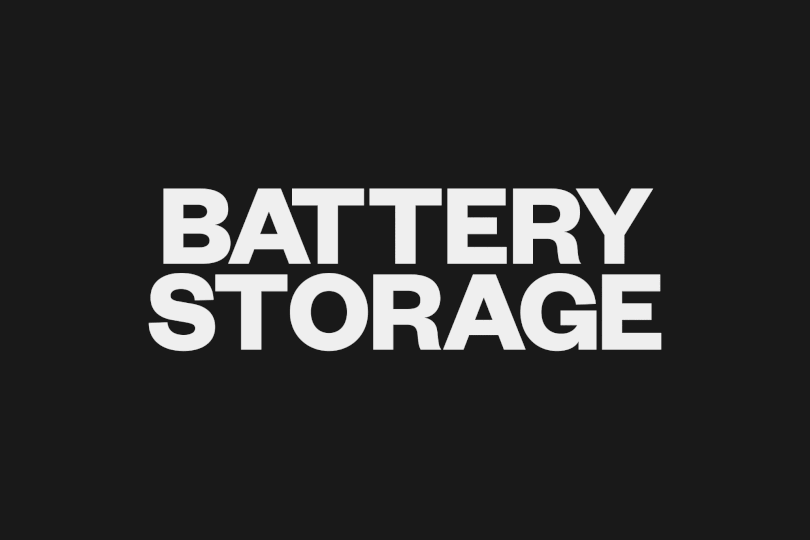
A Guide to Battery Storage
If you’ve been keeping an eye on our blog lately, you’ll know that we’ve been taking a deep dive into some of the lesser-known renewable energy technologies that are playing a part in the transition to net zero.
We recently took a look at heat pumps, and now we’re moving onto battery storage: a technology which is set to play an increasingly important role in the phase-out of fossil fuels.
Read on to find out more.
What is battery storage?
Battery Energy Storage Systems (BESS) - or just battery storage - are systems that allow the energy created by renewable sources, such as wind and solar, to be stored and then released at a later date.
Why is it important?
Battery storage enables reliable, consistent delivery of renewable energy into customers’ homes. Although green energy, such as wind, has enormous potential, one of the downfalls is that the availability and speed of wind is not constant. The UK has the largest capacity of offshore wind in the world, but because of its unreliability in this respect, energy can sometimes be produced when it is not needed, and then lost.
By using battery storage to capture the energy that is produced by wind, this energy can be stored up and then deployed later on, even when the wind isn’t blowing. The same applies for solar energy during times when the sun isn’t shining.
Battery storage therefore means that the National Grid can access a steady supply of energy, phasing out the fossil fuels that have traditionally been used as back-up.
How exactly does battery storage work?
A battery storage system is ‘charged’ via energy created from green energy, such as solar or wind. Unlike simple domestic batteries, a battery storage system then uses intelligent software that can coordinate and optimise when that energy is used, based on information such as weather patterns and usage history.
Can I use a battery storage system at home?
Currently, most battery storage exists as large-scale storage systems, storing up energy that is later released onto the National Grid and distributed to homes and businesses from there.
However, as the technology develops, there are more battery storage systems coming onto the market that allow customers to generate electricity themselves - for example using solar panels - and then store it in their own storage system. For instance, if your home uses solar panels to generate electricity during the daytime, adding battery storage would allow this energy to be used during the evenings or at night, or on days when it’s overcast.
You could even sell any excess energy that you generate back to the grid.
Could battery storage be right for me?
As with all of these relatively new technologies, it’s important you do your calculations to understand how long it would take you to recoup the upfront cost of investing in a battery storage system for your home. Which? estimates that home energy storage costs upwards of £2,000, so you’ll need to make sure your investment is worthwhile.
However, there are certainly benefits of using battery storage, especially if you have solar panels or are planning on installing them, and want to make the most of the energy you’re generating. Battery storage can also be an attractive option for those who want to be fully self-sufficient when it comes to their energy use, without the need to rely on the grid.
Share this article